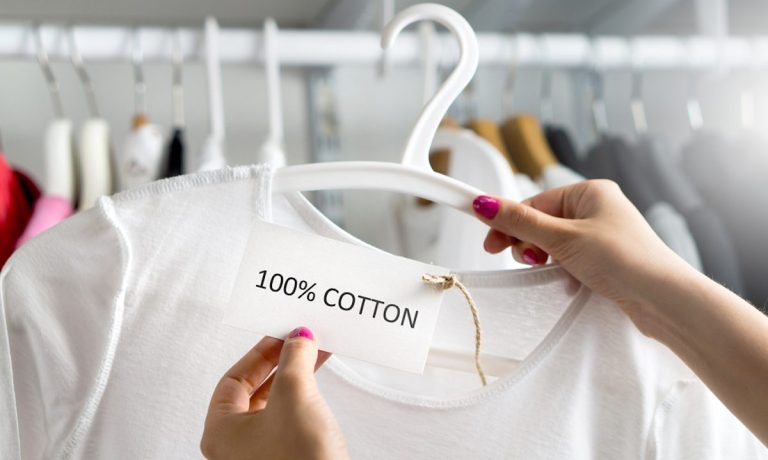
Cotton prices have hit a 10-year high, adding to the myriad issues facing apparel brands as they try to navigate increased transit times, factory shutdowns and other rising costs across the supply chain ahead of the holiday season, along with preparations for spring merchandise production.
Prices remain below the height of over $2 seen in 2011, but companies are already trying to calm nerves both internally and externally. Last week, Levi Strauss & Co. CEO Chip Bergh told analysts and investors that the company has negotiated most of its product costs through the first half of 2022 “at very low single-digit inflation.” For the second half of the year, Levi’s is anticipating a mid-single-digit increase, which will be offset by increased prices already implemented earlier this year.
“It’s a very different situation today,” Bergh said. “We’ve been able to take pricing over the last 12 months, and it’s sticking. … We priced ahead of some of these inflationary pressures hitting us.”
Read more: Consumers Continue to Seek Refreshed Wardrobes, Boosting Levi Strauss Sales
Still, the factors driving up cotton prices don’t seem to be going anywhere soon. Last December, the U.S. barred companies from importing cotton and other cotton products from China’s Western Xinjiang region over concerns that it was being produced using forced labor by the Uyghur ethnic group. This forces Chinese companies to buy cotton from the U.S., manufacture goods in China and then sell it back to the U.S.
Additionally, extreme weather, such as droughts and heat waves, have wiped out cotton crops across the U.S. In India, a poor monsoon season threatens the country’s cotton output. According to the Bureau of Labor Statistics’ Consumer Price Index, apparel prices have increased by 4.2% year over year as of August.
Bergh said, though, that Levi Strauss is “much more disciplined” and has better data analytics capabilities than 10 years ago, which will help it make “very strategic decisions” going forward.
“If the inflation issues and/or cotton and/or cost of goods get worse than what we’ve got built into our model right now, if we have to take on more pricing, we’ll figure out where and how to do that,” Bergh said.
One Problem Among Many
Increased cotton prices are far from the only major concern facing apparel brands, though. For example, Nike last month said it had lost 10 weeks of production since mid-July because of factory closures in Vietnam and Indonesia. That, on top of transit times that are now almost twice as long as pre-pandemic levels, has led to warnings from executives that demand will likely outpace supply for the next several quarters. Nike’s fiscal year runs from July 1 to June 30.
Related news: Factory Closures Cause 10-Plus Weeks of Lost Production for Nike
“We feel optimistic that we’re going to see inventory supply improving as we exit this fiscal year and move into fiscal year ’23,” Nike CEO and President John Donahoe told analysts on a conference call. “Our experience would tell us that while this situation is going to be dynamic, it’s not going to be linear.”
Other apparel brands have not spoken publicly about the rising cotton prices, but in the coming weeks, many are expected to announce their quarterly earnings, including Gap Inc., Ralph Lauren and Hanesbrands, giving investors and analysts a better sense of how they’re managing. CNBC reported, though, that analysts at Goldman Sachs say it may take a while for rising cotton costs to show up on retailers’ income statements, given the timing of contracted cotton purchases.